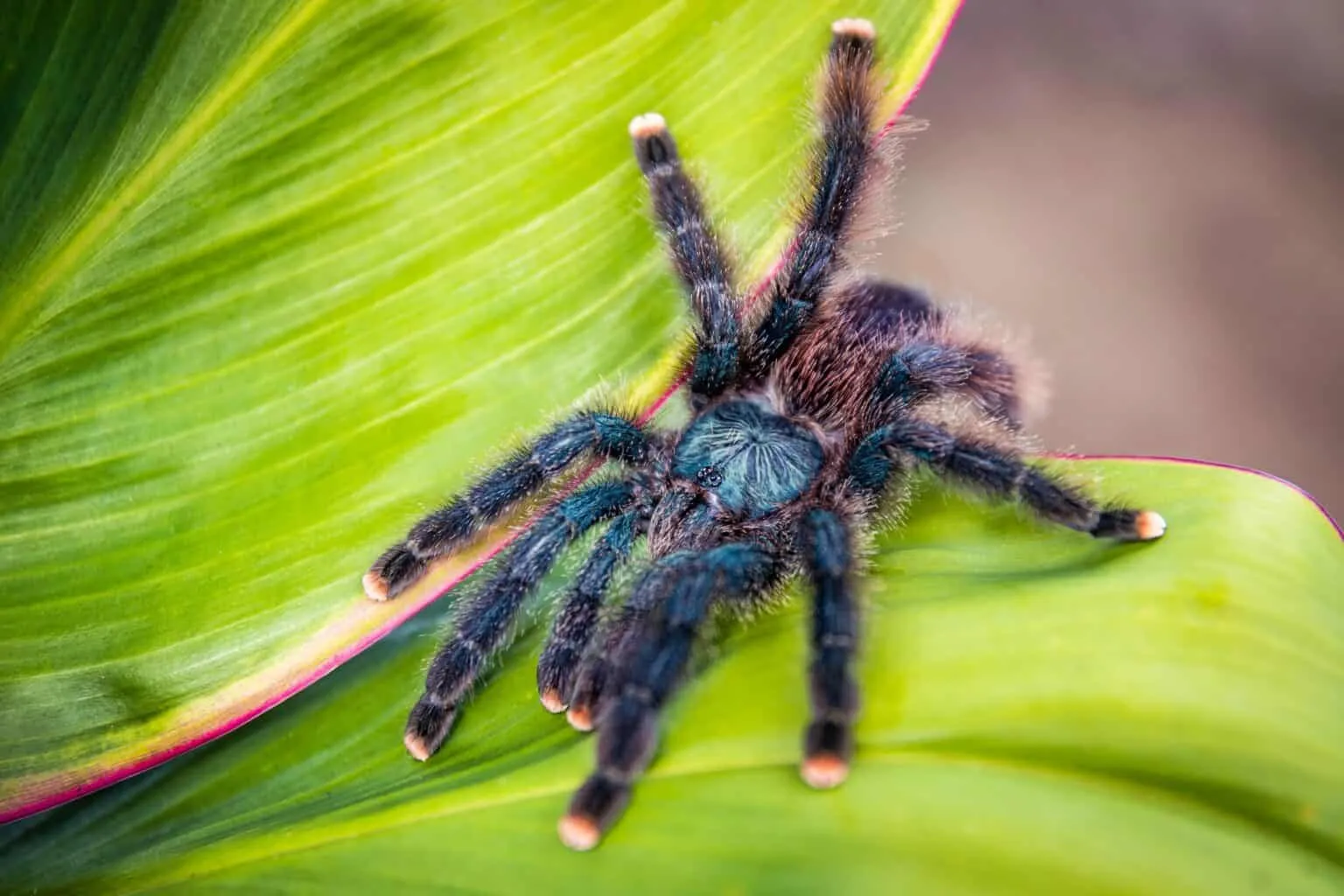Pink Toe Tarantula Defense: An Overview
The Pink Toe Tarantula (Avicularia avicularia) is a fascinating species, known for its arboreal lifestyle and striking appearance. But beyond its beauty lies a complex array of defense mechanisms, honed over millennia to survive in its natural habitat. Understanding how these creatures protect themselves not only deepens our appreciation for them but also aids in responsible pet ownership. This article delves into the top five strategies Pink Toe Tarantulas employ to evade threats and ensure their survival, from their impressive speed and agility to their venomous bite.
The Role of Speed and Agility
One of the primary defenses of the Pink Toe Tarantula is its remarkable speed and agility. These spiders are incredibly fast and can move with surprising quickness when threatened. This speed allows them to swiftly retreat from danger, making it difficult for predators to catch them. Their agility is further enhanced by their ability to jump and climb, enabling them to navigate their arboreal environment with ease. The ability to quickly change direction and scale vertical surfaces is crucial for escaping predators or quickly reaching a safe haven.
Evasive Maneuvers and Rapid Retreat
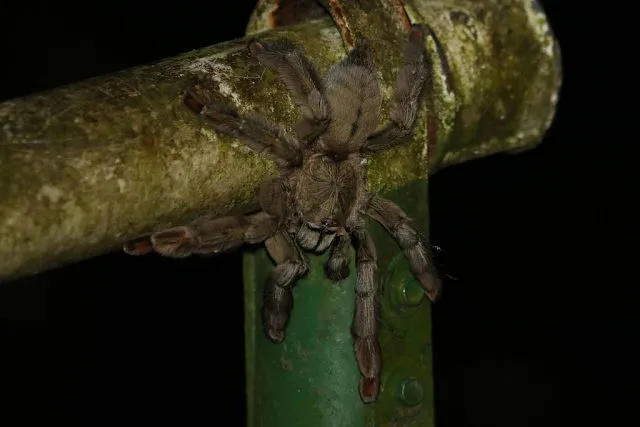
When confronted by a perceived threat, Pink Toe Tarantulas don’t hesitate to deploy evasive maneuvers. They will quickly attempt to flee the scene, often retreating to a secure location like a burrow, a crevice, or dense foliage. This rapid retreat is coupled with a remarkable ability to change direction on a dime, making it difficult for predators to anticipate their movements. They are masters of utilizing their surroundings to their advantage, using their speed to quickly put distance between themselves and any perceived danger.
The Advantage of a Vertical Habitat
Living in a vertical environment, such as trees, gives the Pink Toe Tarantula a significant defensive advantage. They can quickly climb upwards to escape ground-based predators, often disappearing into the canopy. Their specialized claws and adhesive pads on their feet enable them to grip onto surfaces with ease, allowing for quick ascents and descents. This arboreal lifestyle also provides them with a wider field of view, allowing them to spot potential threats from a distance, giving them more time to react and escape.
Defensive Hairs (Urticating Hairs)
Pink Toe Tarantulas, like many New World tarantula species, possess urticating hairs. These are specialized hairs that are used as a form of defense. These hairs are located on the abdomen and are flicked towards perceived threats. The urticating hairs are a very effective deterrent against a range of predators. When these hairs make contact with skin or eyes, they cause intense irritation, deterring potential attackers and giving the spider time to escape. This defense mechanism makes the Pink Toe a formidable opponent, even for larger creatures.
How Urticating Hairs Work
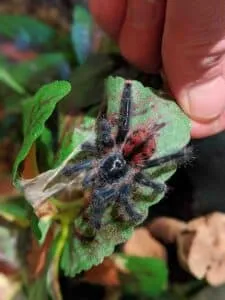
When threatened, the Pink Toe Tarantula uses its back legs to brush the urticating hairs off its abdomen. These microscopic barbs are then released into the air and can land on the skin, eyes, or mucous membranes of the perceived threat. The hairs are designed to penetrate the skin, causing physical irritation and an allergic-like reaction. The resulting itching and discomfort serve as a powerful deterrent to predators. The effectiveness of these hairs makes it a useful defense, especially against smaller animals that might consider the tarantula as prey.
The Irritation They Cause
The irritation caused by urticating hairs can vary depending on the sensitivity of the individual and the amount of exposure. Symptoms can include intense itching, redness, and swelling. Contact with the eyes can be particularly painful and may require medical attention. For some people, the irritation can last for several days or even weeks. This is why it is important to handle Pink Toe Tarantulas with care and avoid any unnecessary contact with their abdomen.
The Threat of a Bite
While not typically life-threatening to humans, a bite from a Pink Toe Tarantula is still a defensive measure. Pink Toes possess fangs that they use to inject venom, which is primarily used to subdue their prey. Although their venom is relatively mild compared to some other tarantula species, it can still cause localized pain, swelling, and muscle cramps. Bites are usually only inflicted when the spider feels threatened or provoked. They are a last resort defense mechanism, used only when other methods of defense have failed.
When Pink Toes Bite
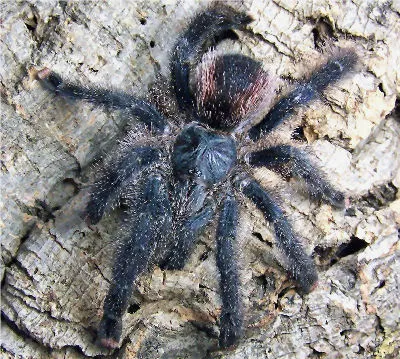
Pink Toe Tarantulas will typically only bite if they feel threatened or provoked. This can happen if they are handled roughly, if they feel trapped, or if they are startled. They may also bite if they perceive a threat to their eggs or young spiderlings. Bites are a sign that the spider is feeling extremely stressed. It is important to handle them with caution and avoid actions that might trigger a defensive response. Keeping them in a suitable enclosure and providing them with adequate space can also help reduce the likelihood of a bite.
The Effects of a Tarantula Bite
The effects of a Pink Toe Tarantula bite can vary from person to person. Most bites will result in localized pain, swelling, and redness. Other symptoms may include muscle cramps, nausea, and headaches. In rare cases, an allergic reaction may occur, which can cause more severe symptoms. While medical attention is usually not necessary, it is advisable to clean the bite area with soap and water and monitor for any signs of infection. If symptoms worsen or persist, seeking medical advice is recommended. Most bites are not life-threatening.
Camouflage and Mimicry
Pink Toe Tarantulas use camouflage to blend into their environment, making it more difficult for predators to spot them. Their coloration and body shape often match the bark of trees or the foliage in which they live. This allows them to effectively hide from potential threats, giving them a significant advantage in the wild. Their ability to blend seamlessly with their surroundings helps them remain concealed from predators, providing an extra layer of protection.
Blending Into the Environment
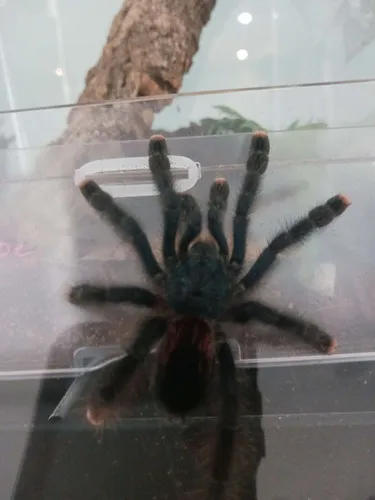
The Pink Toe Tarantula’s coloration, which is typically a mix of brown, grey, and pink hues, helps it blend in with the bark of trees and other surfaces in its habitat. Their body shape is also designed to mimic their surroundings, making them almost invisible to predators. This camouflage is not only used to avoid predators but also to ambush prey. By remaining hidden, they can increase their chances of successfully capturing their next meal.
Avoiding Predators
Camouflage is a crucial defense mechanism for Pink Toe Tarantulas. By blending in with their surroundings, they make it much more difficult for predators to see them. This is particularly important when they are resting or molting, as they are vulnerable during these times. Camouflage helps them to avoid being noticed by birds, reptiles, and other animals that may prey on tarantulas.
The ‘Defensive Posture’ and Threat Display
When a Pink Toe Tarantula feels threatened and cannot escape, it may adopt a defensive posture. This posture is a clear signal to potential predators to back off. By adopting this display, the tarantula hopes to deter an attack. It is a warning to potential threats that the spider is prepared to defend itself and may bite if provoked. This display can often be enough to scare away potential attackers, without the need for more aggressive defense mechanisms.
How the Pink Toe Postures
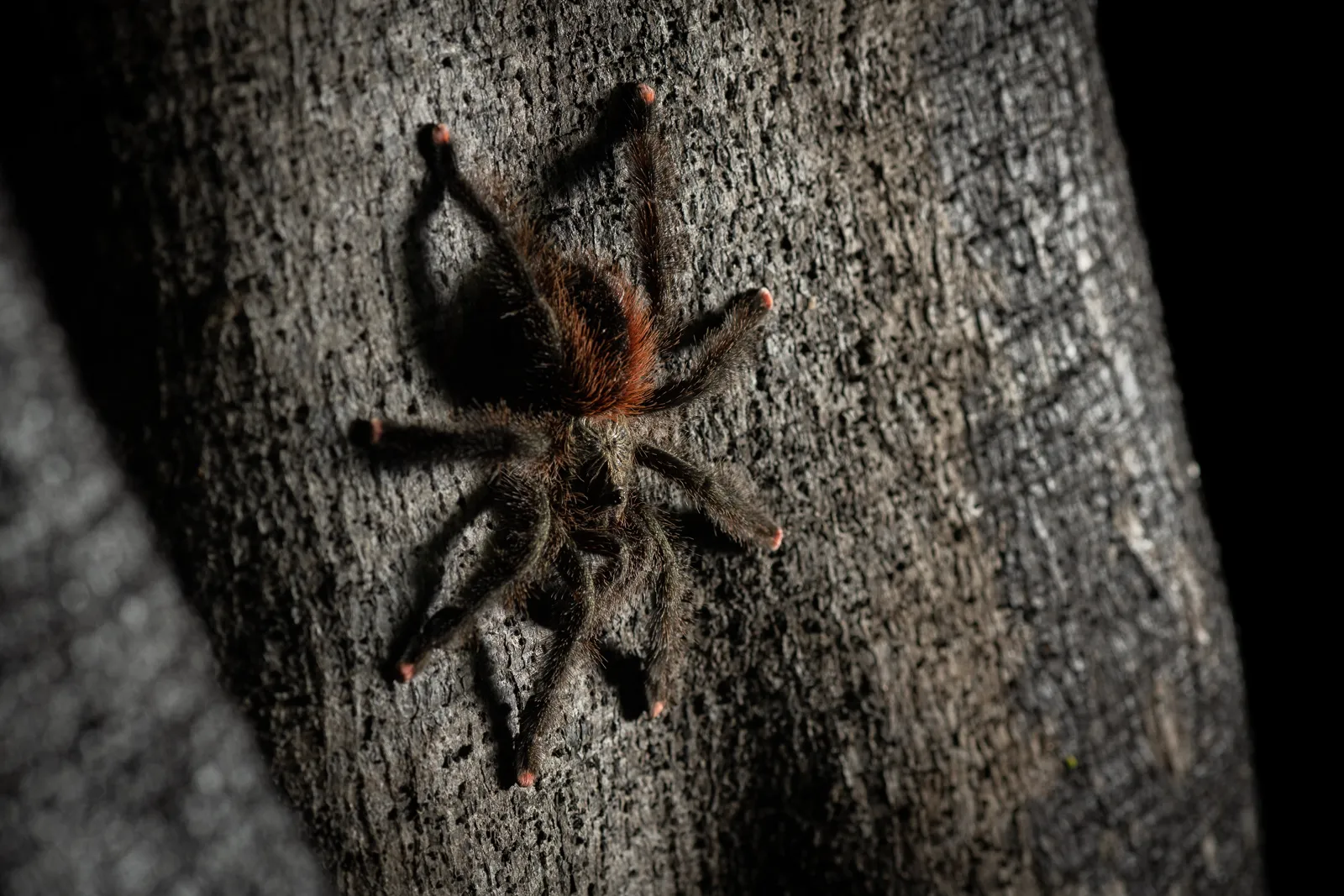
The defensive posture typically involves the tarantula rearing up on its hind legs, raising its front legs, and displaying its fangs. It may also hiss or make other threatening noises. This posture makes the spider appear larger and more intimidating. The display is a clear signal that it is ready to defend itself and will bite if necessary. This stance can be very effective in deterring threats, as it signals that the spider is not an easy target and will fight back.
What It Means To Predators
For predators, the defensive posture is a clear warning. It tells them that the spider is aware of their presence and is prepared to defend itself. This often leads predators to reconsider their attack, as they may decide that the effort and risk are not worth it. The defensive posture is an important part of the Pink Toe Tarantula’s defense strategy, as it can often prevent attacks before they even begin.
In conclusion, the Pink Toe Tarantula employs a multifaceted defense strategy, combining speed, physical defenses, camouflage, and threat displays. These mechanisms work together to ensure its survival in its natural habitat. Understanding these defense mechanisms is crucial for responsible pet ownership and allows for a greater appreciation for these fascinating creatures.
